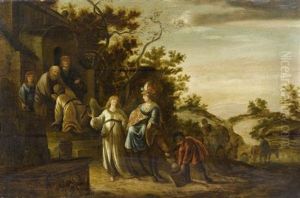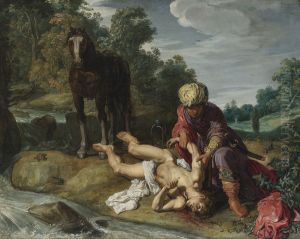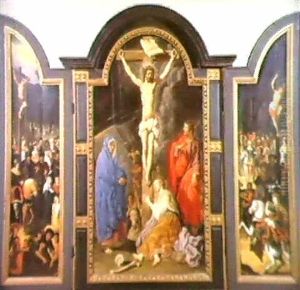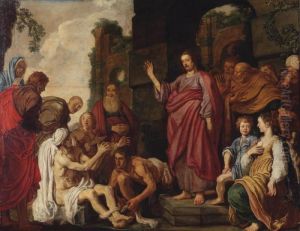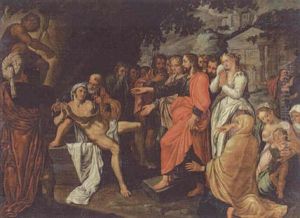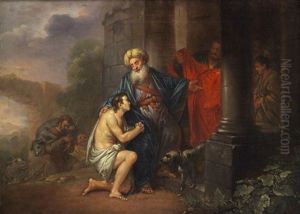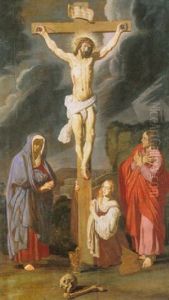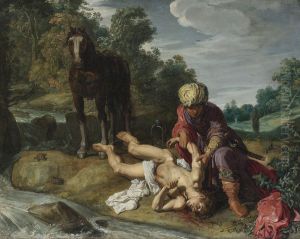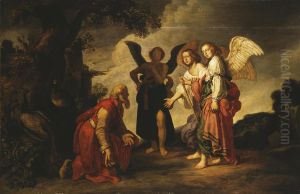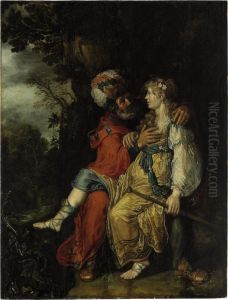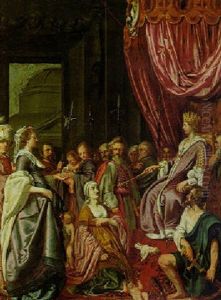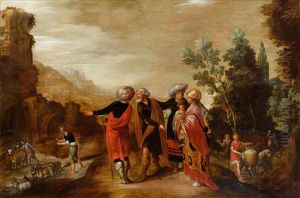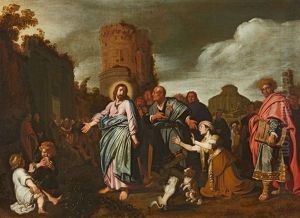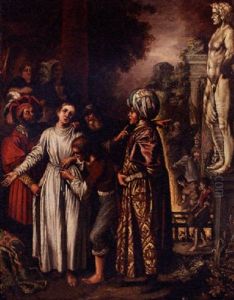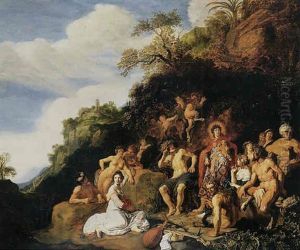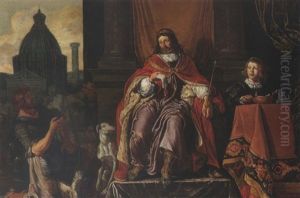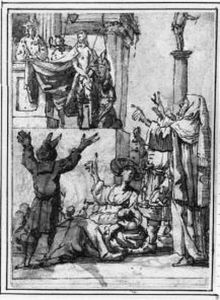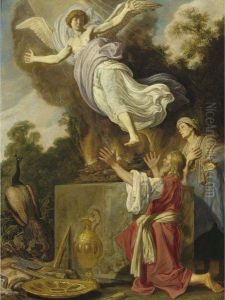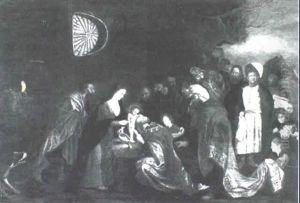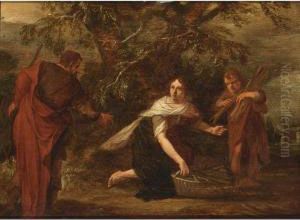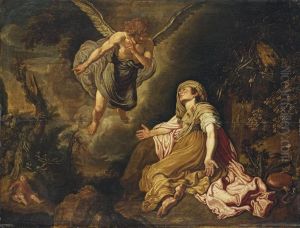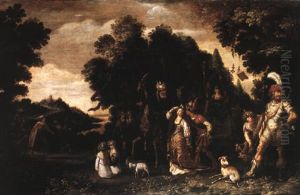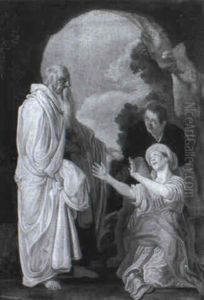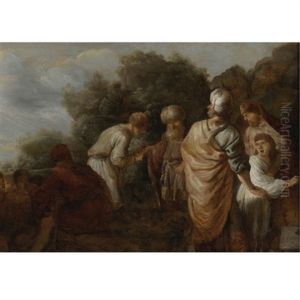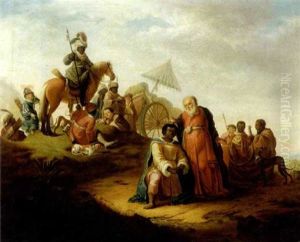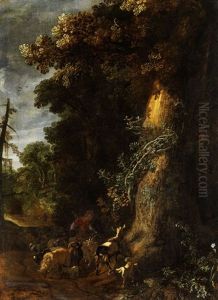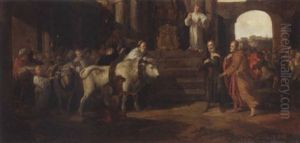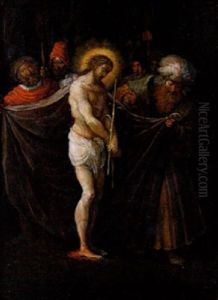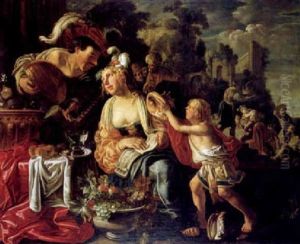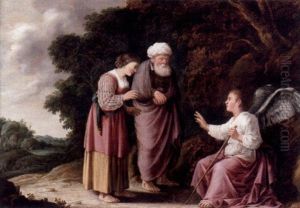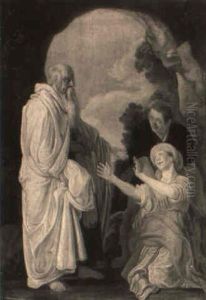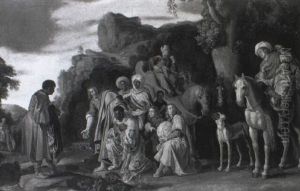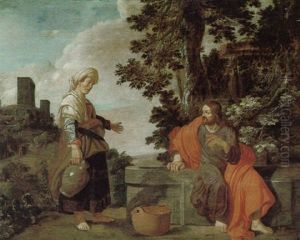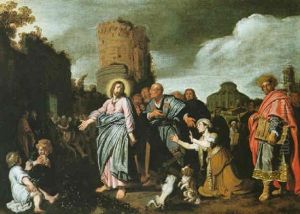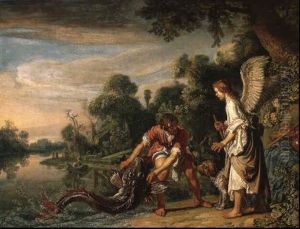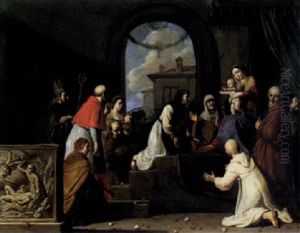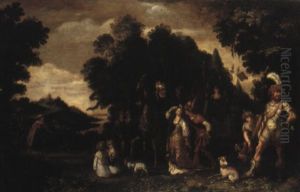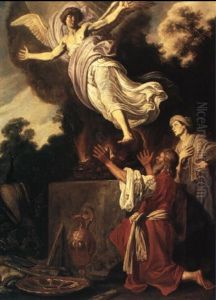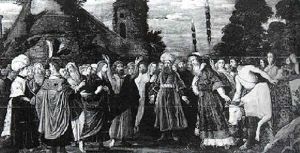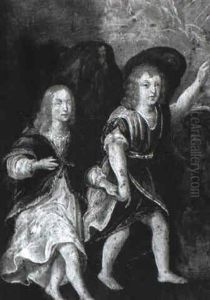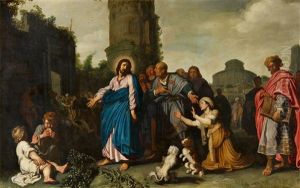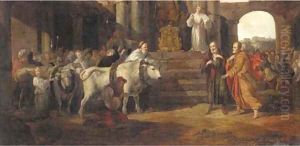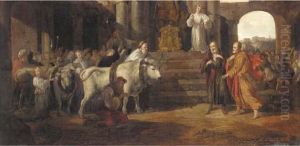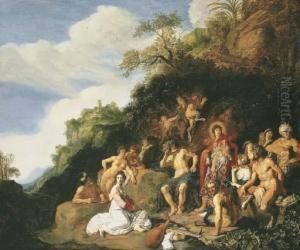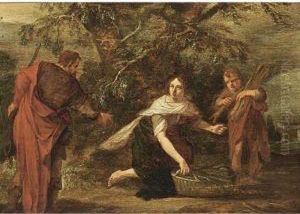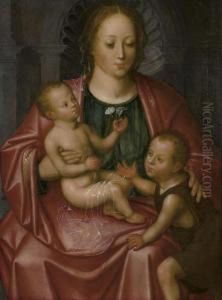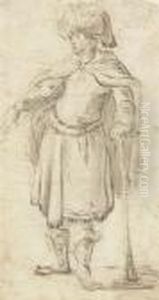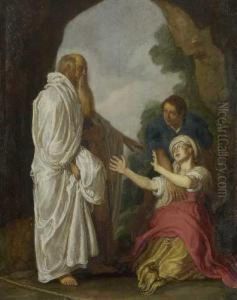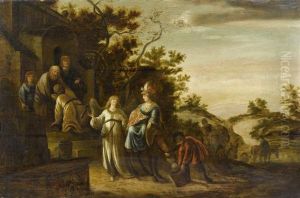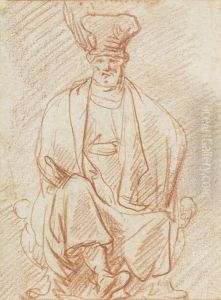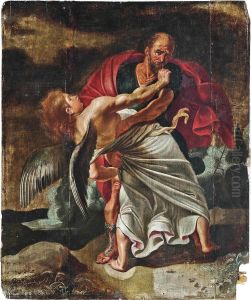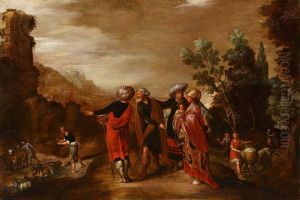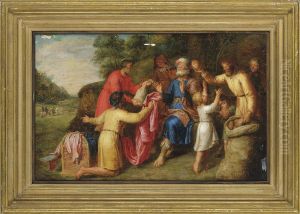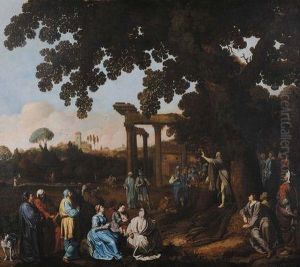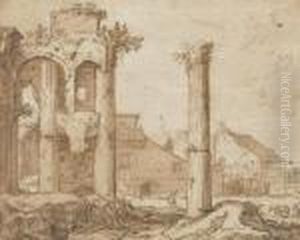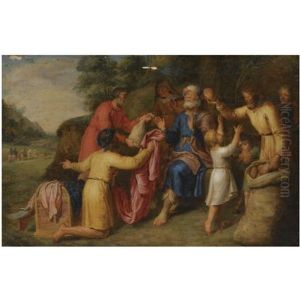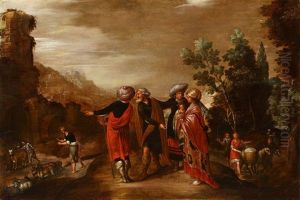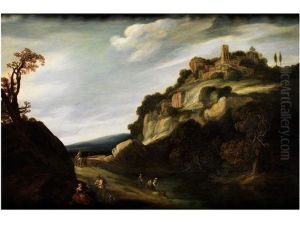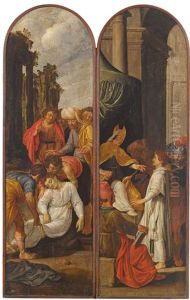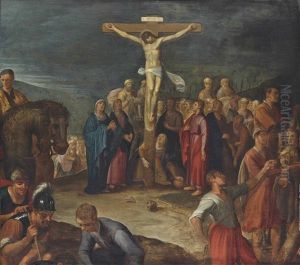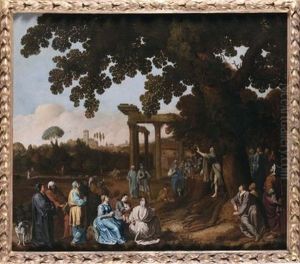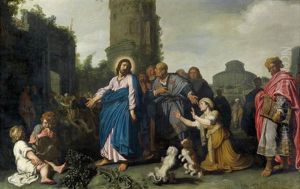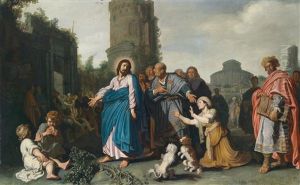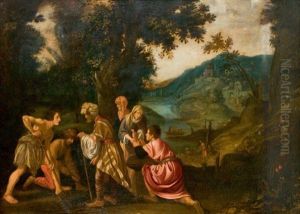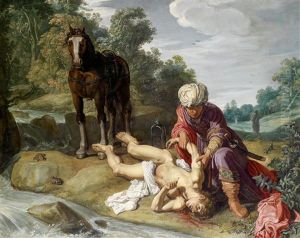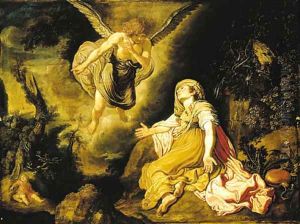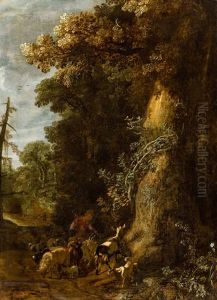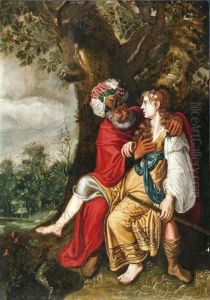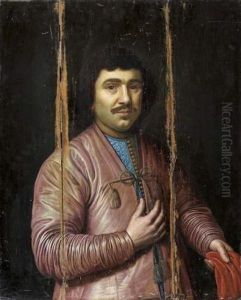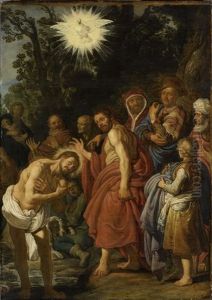Pieter Lastman Paintings
Pieter Lastman was a Dutch painter of the Golden Age, renowned for his work as a history painter. He was born in Amsterdam, the Netherlands, in 1583, into a family that was not particularly known for artistic pursuits. Despite this, Lastman's talents in art would soon become evident, and he would emerge as a significant figure in the Dutch art scene of the 17th century.
Lastman's early training is not well-documented, but it is believed that he studied in Amsterdam before traveling to Italy around 1603. There, he spent several years, particularly in Rome, where he was influenced by the works of Caravaggio and the Italian masters. This experience had a profound effect on his style, and he began to incorporate the dramatic use of light and shadow, as well as the emotional intensity characteristic of Caravaggio's work.
Returning to Amsterdam in 1607, Lastman established himself as a master painter and took on students. His studio became a well-known center for artistic training. Among his most famous pupils was Rembrandt van Rijn, who would go on to become one of the most celebrated artists in history. Rembrandt's early works show the clear influence of Lastman's teachings, particularly in the complex narrative scenes and the use of lighting.
Lastman's work was characterized by its vivid storytelling and attention to detail. He was particularly adept at painting scenes from the Bible, mythology, and history, often imbuing them with a sense of drama and emotion. His compositions were dynamic and carefully constructed, with a strong sense of space and depth.
Throughout his career, Lastman continued to be a respected figure in the Amsterdam art community. He received commissions from various patrons, including the city government, and his works were collected by influential figures of his time. Despite this success, there are not as many surviving works by Lastman as one might expect for an artist of his caliber, and he is not as widely known today as some of his contemporaries.
Pieter Lastman's legacy lives on primarily through his influence on Rembrandt and other students who carried his techniques and style into their own legendary careers. Lastman died in Amsterdam in 1633. His work remains an important part of the narrative of Dutch Golden Age painting, celebrated for its narrative complexity, emotional depth, and technical mastery.
